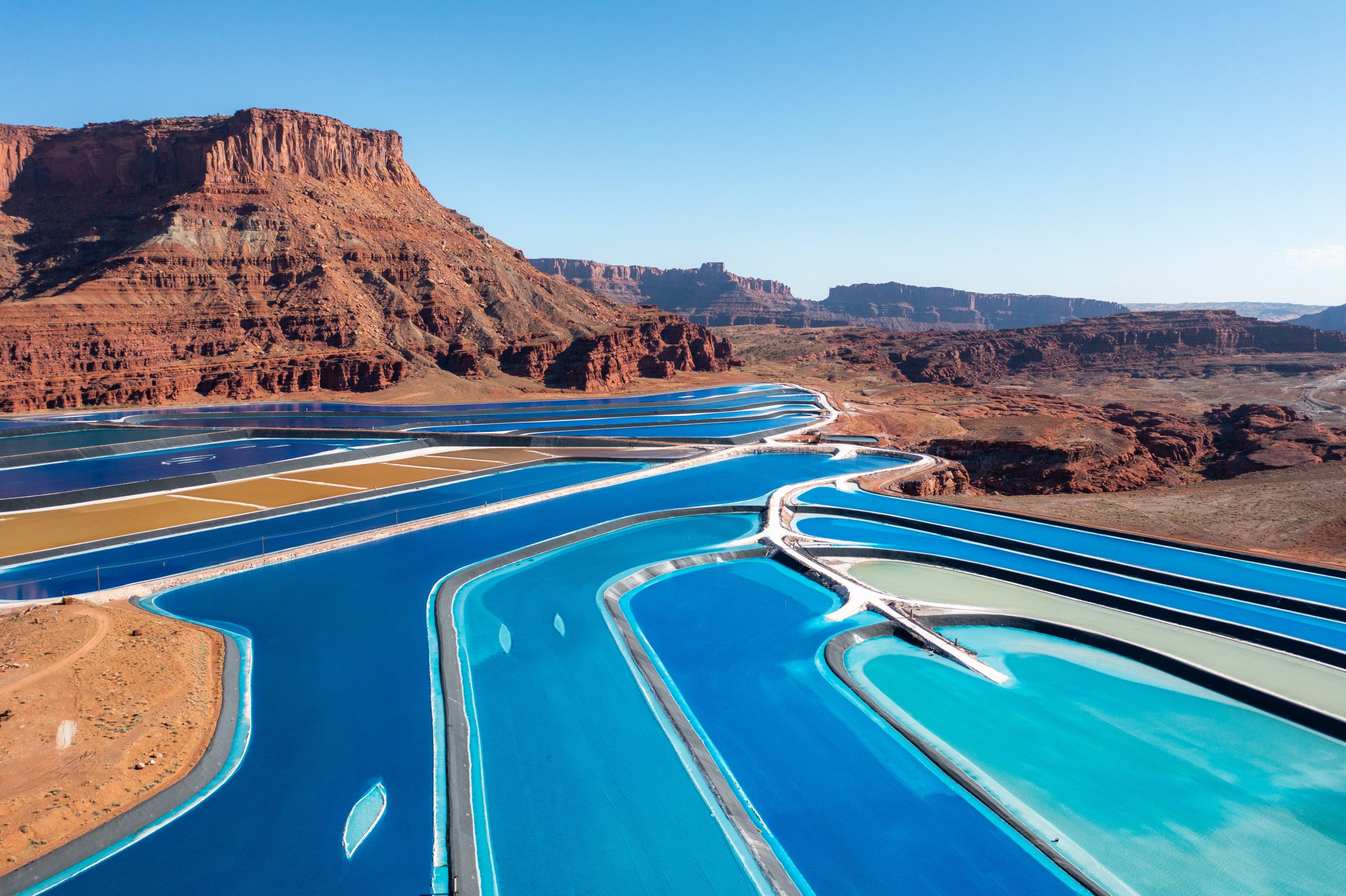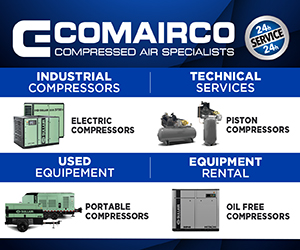The growing challenge of water management
Increasing water demands and the impacts of climate change are intensifying pressure on water resources, making responsible and sustainable water management a top priority. Whether using conventional underground mining or solution mining, operators must overcome complex environmental, hydrogeological, and hydrological conditions while balancing efficiency, regulatory requirements, and environmental responsibility.
Earning or maintaining a Social License to Operate (SLO) requires mine operators to move beyond reactive solutions and adopt a proactive, systematic approach. Effective water management strategies, driven by data and continuous monitoring, are key to building more resilient operations. In potash production, smart solutions help mitigate unexpected inflows, optimize brine management, and reduce land use and biodiversity impacts.
Managing water in conventional and solution mining
Potash deposits, found in evaporite formations, are often overlain by multiple water-bearing geological units. Legacy artifacts associated with subsidence at potash mines lead to surface deformations extending beyond mine boundaries and may impact land use and biodiversity. Whether traditional or solution-based, mining operations have complex water issues that can cause serious problems if not managed well.
Conventional mining: Controlling water inflows
Underground potash mining requires controlling water inflows, as excessive seepage can threaten mine stability, equipment, and production. The most significant risks come from overlying permeable formations, underlying carbonate aquifers, and mining-induced fractures. A thorough understanding of hydrogeology and structural geology in these water-bearing zones is essential for predicting and mitigating water-related issues. By monitoring and analyzing groundwater flows, water chemistry, isotopic composition, and structural geology, operators can track water movement and contamination risks, which allows for targeted mitigation.
Solution mining: Managing water quality and efficiency
Solution mining involves injecting heated freshwater or recycled brine into the ore body to dissolve potash, which produces a potassium-rich brine which is then pumped to the surface for processing. This highly effective method requires precise water management to optimize extraction and reduce environmental risks.
Maintaining brine circulation, preventing contamination of surrounding aquifers, and reducing freshwater consumption are all critical concerns. Advanced monitoring tools now allow real-time tracking of brine composition, enabling operators to adjust injection rates and maximize potash recovery while limiting environmental impact.
Turning water management into an advantage
Water management in potash mining used to be reactive, but today’s industry leaders are adopting data-driven, predictive strategies, turning water management into a competitive advantage.
Real-time monitoring & predictive analytics. Using predictive modeling, operators can detect inflows early, assess contamination risks in real-time, and optimize water management strategies for improved efficiency and sustainability.
Integrated modeling & risk assessment. Accurately predicting water movement within a mine is key to long-term planning. Integrating various models helps create an adaptive water management strategy to address operational issues and minimize surface impacts.
Water treatment & reuse. Flexible water treatment strategies should adapt from operation through post-closure. Integrated modeling helps recycle mine water, reduce freshwater use, minimize environmental impact, and support sustainable mining throughout the mine’s life cycle.
The bottom line: The future of mining is smarter water management
How prepared is your operation for the future of water management? The cost of unplanned shutdowns can reach millions of dollars in lost production and remediation. The next generation of potash mining will be defined by how well operations manage water resources. Whether preventing costly inflows in underground mining or maximizing brine efficiency in solution mining, operators need a trusted partner with the expertise to bridge hydrogeology, engineering, and environmental science.
RESPEC’s Mine Water Management team can help you develop smarter, more adaptable water strategies to keep your mine running at peak performance. Our data-driven solutions help predict and manage water inflows, extend mine life, and enhance efficiency and sustainability, ensuring smooth operations while avoiding disruptions.
To learn more about RESPEC’s mine water solutions, contact:
Tabetha Stirrett, vice-president of mining & energy: tabetha.stirrett@respec.com
Mario Bianchin, director of mine water management: mario.bianchin@respec.com
—









